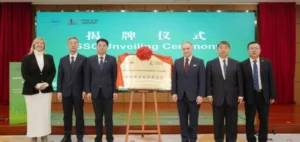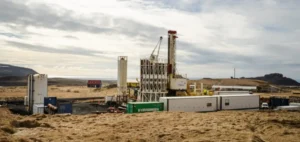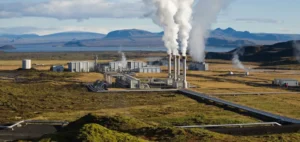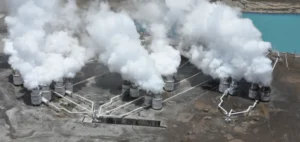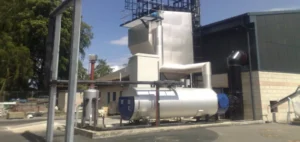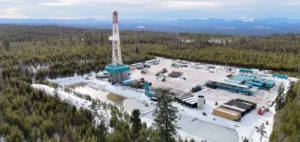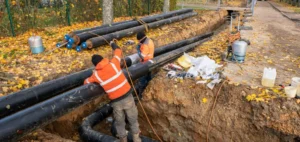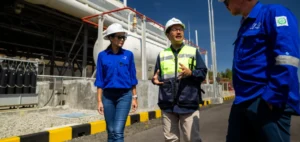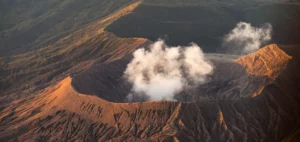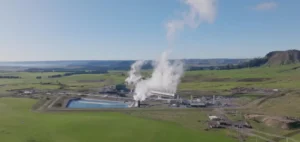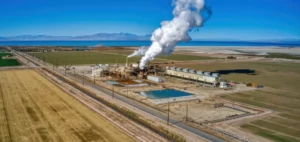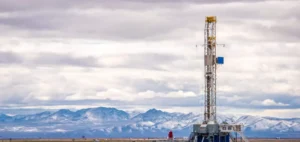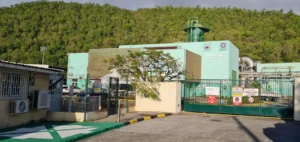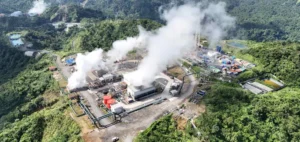Alaska, rich in geothermal resources, is emerging as a key player in the US energy strategy for the Indo-Pacific region. By leveraging these resources, the United States can meet the growing energy needs of its allies while reducing their reliance on imported fossil fuels.
The development of geothermal projects in Alaska offers both geopolitical and economic advantages. These initiatives not only diversify the local economy but also strengthen the energy resilience of partner countries in the face of geopolitical tensions.
Geothermal Resources
The volcanic zones of Alaska, such as Mount Makushin and Mount Spurr, have remarkable energy potential. With thermal gradients exceeding those of many other geothermal sites in the United States, Mount Makushin, for example, could power the entire island of Unalaska and its seafood processing industries with temperatures reaching 397 °F. This exploitation would allow for the diversification of the local economy and reduce its dependence on diesel.
Energy and Economic Benefits
The transition to geothermal energy in Alaska offers significant economic benefits. Previous projects, such as Chena Hot Springs, have shown that even low-temperature geothermal resources can be used efficiently through innovative technologies such as PureCycle (low-boiling-point refrigerant). Moreover, the adoption of horizontal drilling and fracturing techniques, developed for the oil sector, increases the number of exploitable sites while reducing financial risks for developers.
Geopolitical Aspects
Strategically, geothermal projects in Alaska strengthen the energy resilience of vulnerable regions facing growing tensions with China. For example, in Taiwan, increasing geothermal capacity could reduce dependence on imported liquefied natural gas (LNG) and mitigate the risks of an energy blockade imposed by China.
Technological and Financial Challenges
However, geothermal development in Alaska is not without challenges. Projects require substantial initial support to de-risk investments. According to the US Department of Energy, the estimated cost for a 30 MW project is around USD 450 million. Public support is essential to align emerging technologies with commercial standards and attract the necessary investments.
Regional Integration
Alaska could also serve as a model for other geothermal-rich regions in the Indo-Pacific, such as Indonesia and the Philippines. By becoming a geothermal energy hub, Alaska would provide replicable development models, thereby strengthening the energy resilience of US allies and consolidating the US geo-economic influence in this strategic region.



